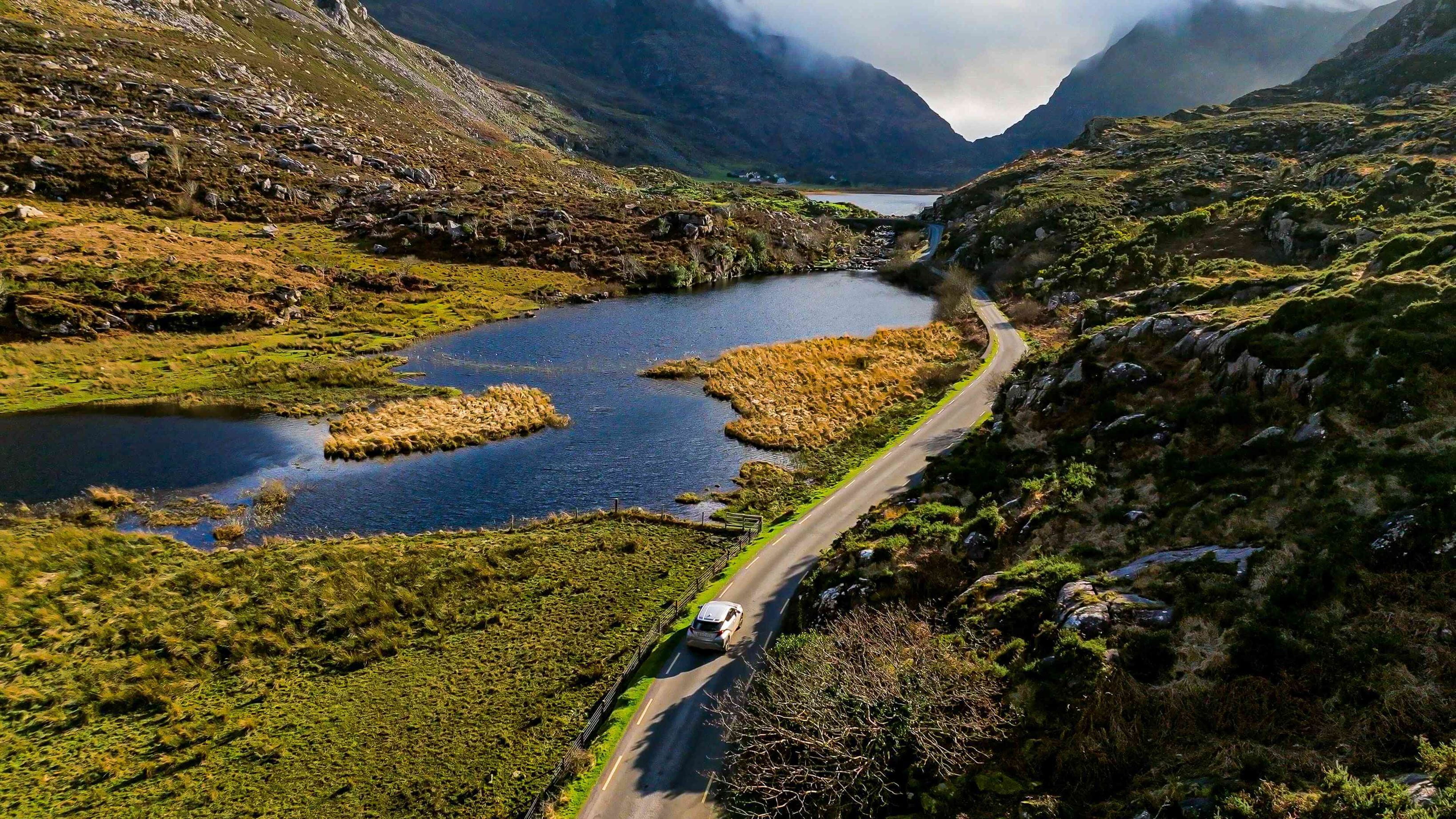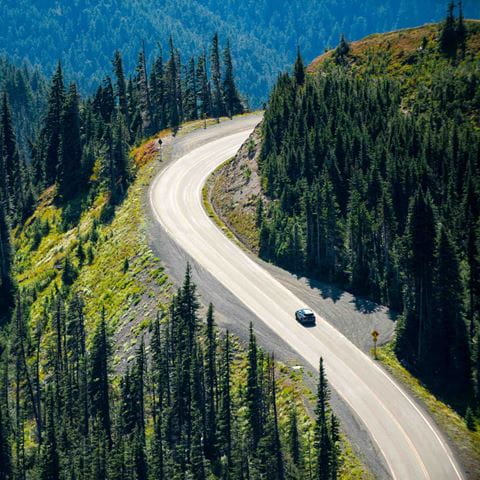
Tips for driving safely in the mountains
The mountains are a popular destination during summer holidays. With breathtaking views, fresh air, and opportunities for outdoor activities, it’s no wonder that many people choose to escape to the hills. Preparing the car, packing luggage, booking accommodation, planning activities, and mapping out the travel route are all standard tasks when organising a family trip. However, one aspect that is often overlooked is how to drive safely in mountainous terrain.
But do you need to learn how to drive in the mountains?
If you have experience, you may already be familiar with what to expect on the roads. However, if you're new to this type of driving, it's helpful to know these basic tips for driving in the mountains. Understanding the unique challenges of mountain driving will not only improve your safety but also allow you to enjoy the journey more fully.

Stay focused
Always pay close attention to your surroundings and the road ahead. Mountain roads are often winding and narrow, which can make driving more challenging. You may encounter unexpected conditions, such as strong winds, loose gravel, or animals crossing the road. Remaining alert will help you react quickly to any surprises you might face.

Mind the speed limits
This advice is always relevant, but in the mountains, it's crucial to strictly follow the posted speed limits. Not all roads have clear markings, and the speed limits may change frequently due to road conditions. On narrow, winding roads without speed warnings, be cautious with the accelerator, especially when approaching a bend. Driving too fast can lead to loss of control, especially on sharp curves.

Use low gears when descending
When going downhill, avoid using the same gear for too long. This can wear out the brake pads unnecessarily and put extra strain on the engine. Instead, use lower gears to control your speed and reduce reliance on the brakes. This technique, known as engine braking, helps maintain a safe speed while also preserving your braking system.

Be prepared for weather changes
Mountain weather can change rapidly, often without warning. Rain, storms, or strong winds can appear out of nowhere. At the first sign of any adverse weather, such as dark clouds or a sudden drop in temperature, reduce your speed immediately. If conditions worsen, it may be wise to pull over to a safe area and wait for the weather to improve. Staying informed about local weather forecasts before your trip can also help you plan accordingly.

Take breaks
Driving in the mountains can be tiring, even for experienced drivers used to motorways. Low-speed driving on uneven roads requires constant attention and can be exhausting. It's important to take regular breaks to stretch your legs and refresh your mind. If possible, plan your route to include rest stops with scenic views, allowing you to appreciate the beauty of your surroundings. If you have two drivers, take turns behind the wheel to help reduce fatigue.

Choose the right vehicle
Selecting the appropriate vehicle for mountain driving can make a significant difference in your experience. Manual transmission cars perform well in mountainous terrain, providing better control on steep inclines or declines. They allow drivers to select the appropriate gear for the conditions, which can enhance safety and performance. Automatic cars can manage as well, but they may require more effort from both the vehicle and the driver, especially on steep grades.
More quick tips for mountain driving
- Watch for signs indicating steep gradients or hazardous conditions. These signs often provide crucial information about what to expect ahead.
- As the road steepens, you may notice a decrease in engine power; downshift to a lower gear to maintain control.
- If the engine drops below 1500 rpm, brake, engage the clutch, and continue downshifting to prevent stalling.
- Remember that steeper roads generally require slower speeds, both uphill and downhill. Adjust your speed accordingly to maintain control.
- When downshifting, the engine will sound different than on flat roads; this is normal as the RPM will be lower than the minimum indicated on the tachometer.
- Be especially cautious in snowy or icy conditions, keeping your speed as low as possible. Ensure your vehicle is equipped with winter tyres if you plan to drive in such conditions.
- Ensure your vehicle's road and first aid kits are complete and in good working order. Carry essentials like mobile phones, radios, batteries, water, and survival items. It's always better to be over-prepared than caught off guard.
Driving in the mountains can be a rewarding experience, offering stunning views and unique adventures. However, it is essential to approach mountain driving with caution and respect for the terrain. By following these tips and remaining aware of your surroundings, you can ensure a safer and more enjoyable journey. So, buckle up, enjoy the ride, and have a safe journey!



